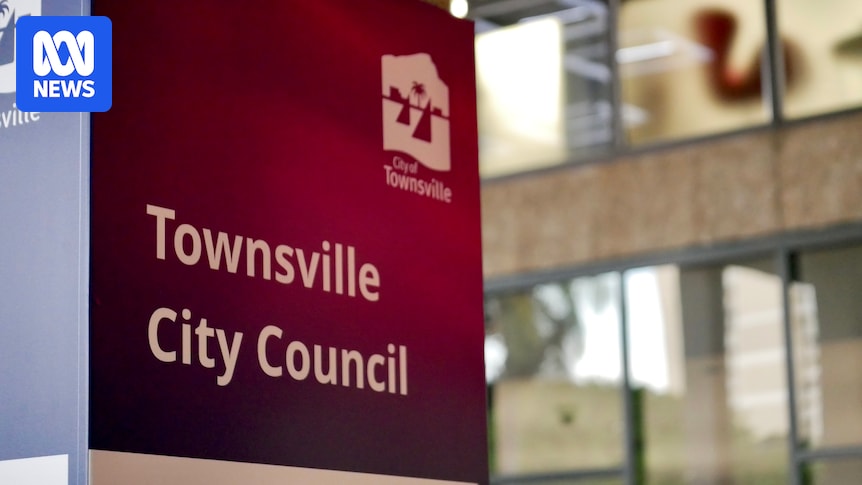
Concerns are mounting in Townsville, the largest city in north Queensland, as commercial rate increases threaten to undermine its competitive position. The Townsville City Council’s decision to raise the minimum rates for both commercial and heavy industry properties by 50 percent has sparked widespread apprehension among business owners and investors.
The rate hike, outlined in the council’s 2025-26 budget delivered in June, has caught many off guard. The budget details a 54 percent increase for commercial properties and a 50 percent hike for heavy industry rates. This development follows a series of controversies surrounding the council, including excessive payments to departing executives and a declaration of financial distress, which has led to cuts in community grants and a 20 percent increase in residential rates for some homeowners.
Impact on Local Businesses
Local commercial and heavy industry ratepayers are bracing for the financial impact of these hefty increases. Craig Stack, a seasoned commercial property manager in Townsville, expressed his concerns, noting that the hikes come on top of other rising costs such as insurance and electricity.
“It will be troublesome, it is a cost they haven’t expected,” said Stack.
According to the budget papers, a commercial ratepayer who was charged the minimum rate of $1,506 last year will now face a bill of $2,329. Approximately 800 commercial properties will experience increases of more than 50 percent. For heavy industry properties, the minimum rate has jumped from $2,259 to $3,383, affecting 30 properties in the city.
Competitive Edge at Risk
Stack warned that Townsville, often referred to as the capital of north Queensland, risks losing its competitive edge to neighboring cities like Cairns or Mackay. He highlighted the disparity in rate charges, noting that a shopping center in Mackay, despite having a higher land value, currently faces lower rate charges than a comparable property in Townsville.
“Townsville was already viewed as a city with quite high general rate levies,” Stack explained.
Neither Cairns nor Mackay’s recent budgets included commercial rate increases as significant as those seen in Townsville. Michael Kopittke, an investor and former Townsville Chamber of Commerce board member, expressed his dismay at the council’s decision, emphasizing that landlords might have to pass on these costs to tenants.
“I am aghast at the fact that the council would look at increasing rates to landlords by up to 15 times inflation,” Kopittke remarked.
Underlying Factors and Council’s Response
A spokesperson for the Townsville City Council stated that the methodology for calculating and issuing rates to commercial businesses had not changed. The significant rate changes are attributed to a valuation adjustment that needs to be addressed by the valuer-general. The Queensland valuer-general re-evaluated commercial and industrial properties last year, resulting in a 22.9 percent increase in the total value of commercial property and a 42.4 percent increase in industrial property value from 2022 to October 2024.
Despite these challenges, the council has attempted to mitigate the impact by reducing its rate-in-the-dollar charge to offset land value increases. However, transparency remains a key concern for stakeholders like Kopittke and Stack, who have called for clearer communication from the council regarding the increased costs to businesses.
Looking Ahead
As Townsville grapples with these financial challenges, the implications for its business community are significant. The city’s ability to retain and attract businesses could be compromised, potentially prompting investors to seek opportunities elsewhere. Acting Mayor Ann-Maree Greaney has acknowledged the potential impact on ratepayers but did not address the commercial rate increases directly in her budget speech.
With more than 85,000 properties in the Townsville region across 57 categories, the council faces a complex task in managing and communicating these changes. As the city moves forward, the focus will likely remain on balancing fiscal responsibility with maintaining its appeal as a business-friendly environment.






